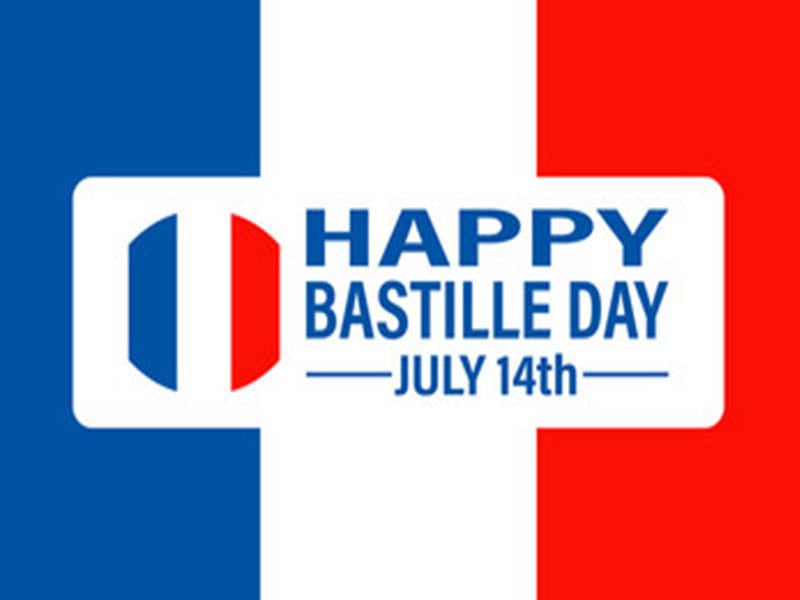14 Interesting Facts About Bastille Day—July 14th
- Posted on
- Posted in Bastille Day, Chenin Blanc, Cinsault, French Wine, grenache, July 14, Syrah
- 0

1. The public holiday in France on July 14th is not called “Bastille Day” at all! It is called “la Fête Nationale” (“The National Holiday), or “le Quatorze Juillet” (“July 14th”). July 14 commemorates the date that a group of anti-monarchists broke into the Bastille, a prison in central Paris, on July 14, 1789. The Bastille was rumored to have housed many political dissidents who were locked up by tyrannical rulers.
2. When the attack happened, there were only seven elderly prisoners inside. The important part was not the number of prisoners freed, but that the action of the people sent a deep message to Louis XVI and his bride, Marie Antoinette, who were in power, that they were vulnerable to the people. The storming of the Bastille gave way to the French revolution and lead to the overthrowing of the monarchy and the execution of the king and queen.
2. The Bastille was not designed as a prison in which to keep prisoners, but instead was designed as a structure to keep out invading armies. It served as a symbol of oppression and injustice.
3. The most famous historical inmates of the Bastille include the philosopher Voltaire and the Marquis de Sade. The Marquis de Sade would pen several of his books within the walls of the Bastille. He was moved from the Bastille to an insane asylum outside Paris a mere ten days prior to the storming, because he was yelling out the windows that inmates were being tortured and massacred inside.
4. The Bastille was destroyed that day and rocks were taken as souvenirs. Today, only a memorial exists on the site.
5. At the time of the storming of the Bastille, Thomas Jefferson was living abroad and in Paris. He was not a witness to the day’s events, but after them, he wrote in a letter to John Jay that he had donated 60 francs to the widows of those killed that day.
6. Within one year of the destruction of the Bastille, a huge festival—Fête de la Fédération was held at the site where the Eiffel Tower now stands.
7. In 1880, France’s senate decided that the country needed an official national holiday. Many famous dates in French history were considered. The final decision was to not really celebrate July 14, 1789 (Bastille Day), but instead celebrate July 14, 1790—the day a year after when freedom, justice, and unity came to France.
8. A key to the Bastille resides at Mount Vernon. The key was given by the Marquis de Lafayette to George Washington as a thank you for his kindness and friendship after the Marquis came to America to join the revolutionary cause in 1777. After the storming of the Bastille, Lafayette became the Commander of the Paris National Guard and was given the key to the building itself, which he passed along to Washington.
9. Bastille Day (la Fête Nationale) represents the oldest and largest regular military parade in western Europe and dates to 1880. The parade was not held between 1940 and 1944 due to the German occupation of France. Since 1918, the parade marches down the Champs-Elysées—the most famous avenue in France.
10. It is not unusual for military soldiers from other nations to come and march along with their French equals.
11. A large solar flare happened on July 14, 2000. The solar flare surprised scientists and created beautiful aurora lights seen far and wide, while also causing some satellite outages and radio blackouts. Astronomers called this “The Bastille Day Event.”
12. The famous Louvre museum in Paris charges no admission on July 14th each year.
13. Each year, firehouses open their doors to the general public from July 13th to July 14, giving live demonstrations and throwing large dances.
14. Fireworks are always part of the festivities, and are often launched in a number of areas in Paris including the Eiffel Tower, the Saint Germain des Près district, and around Montparnasse.

Comments
Be the first to comment...